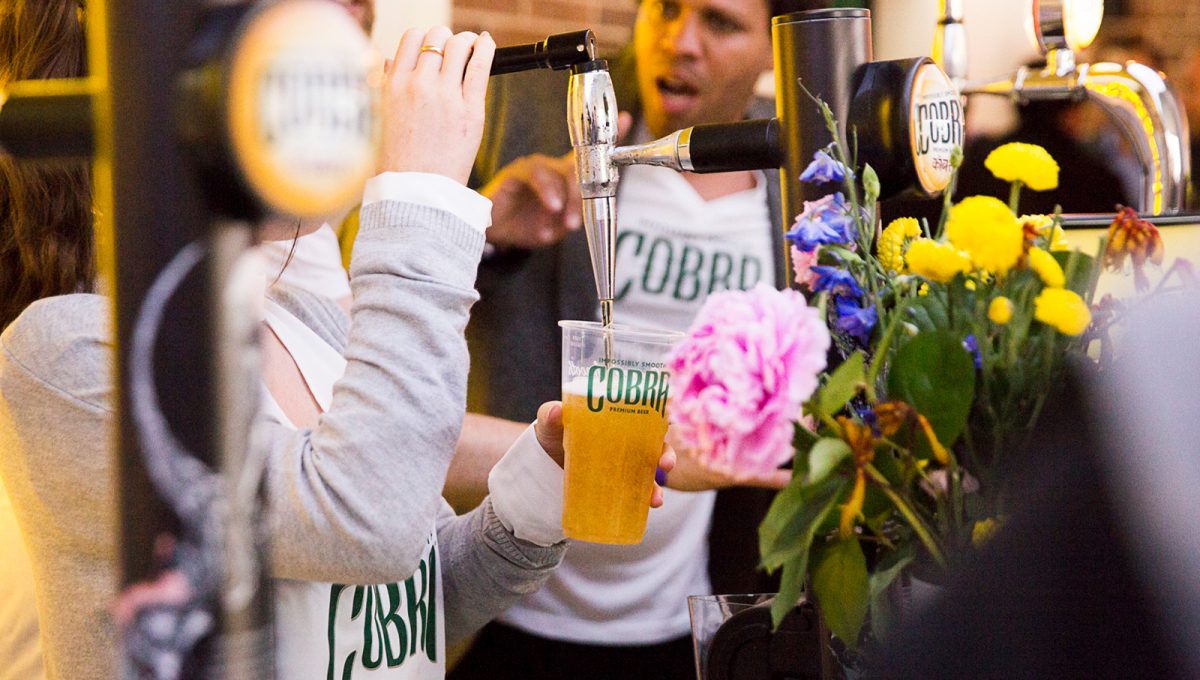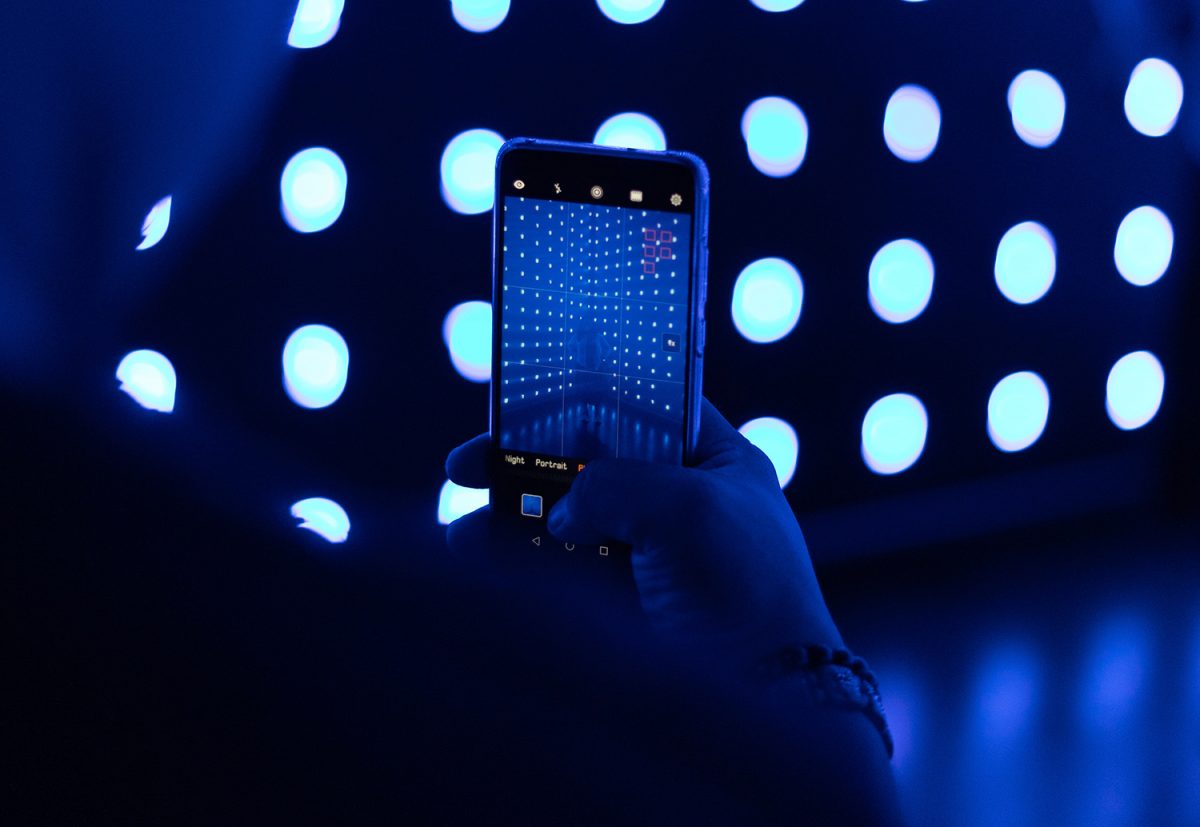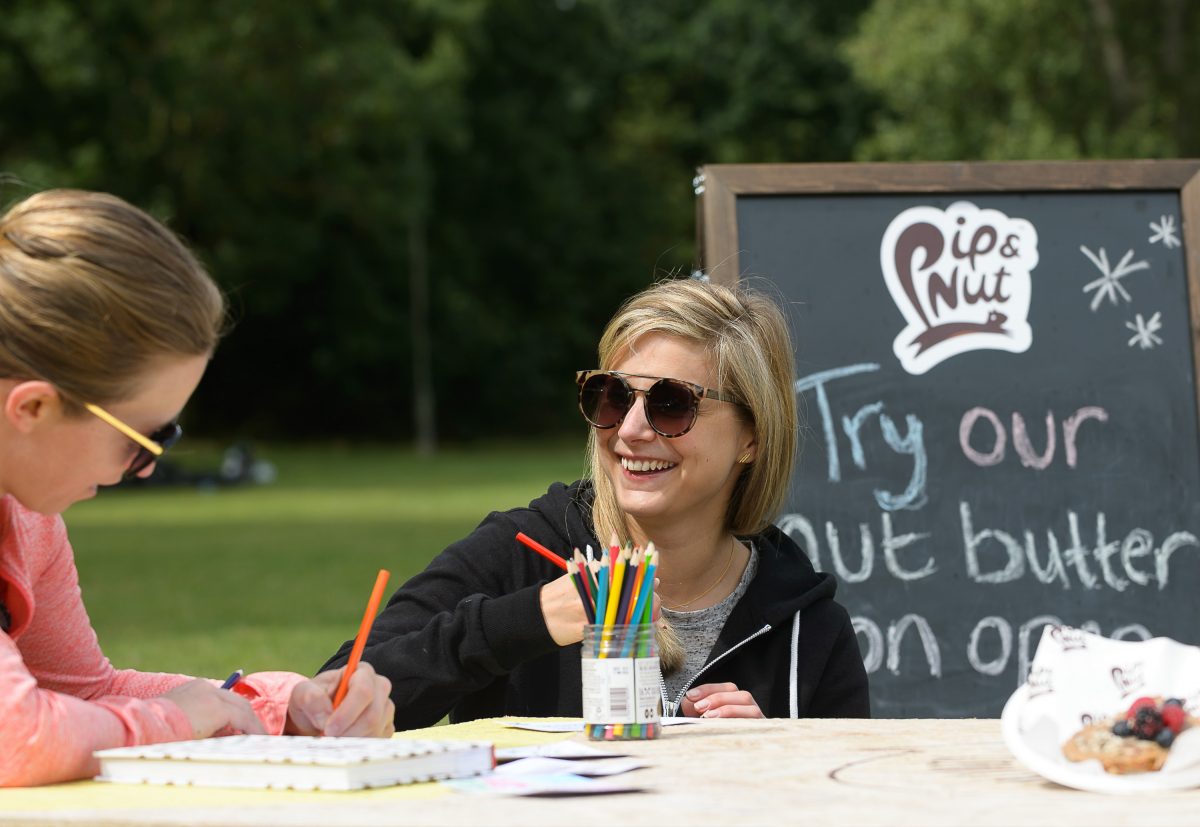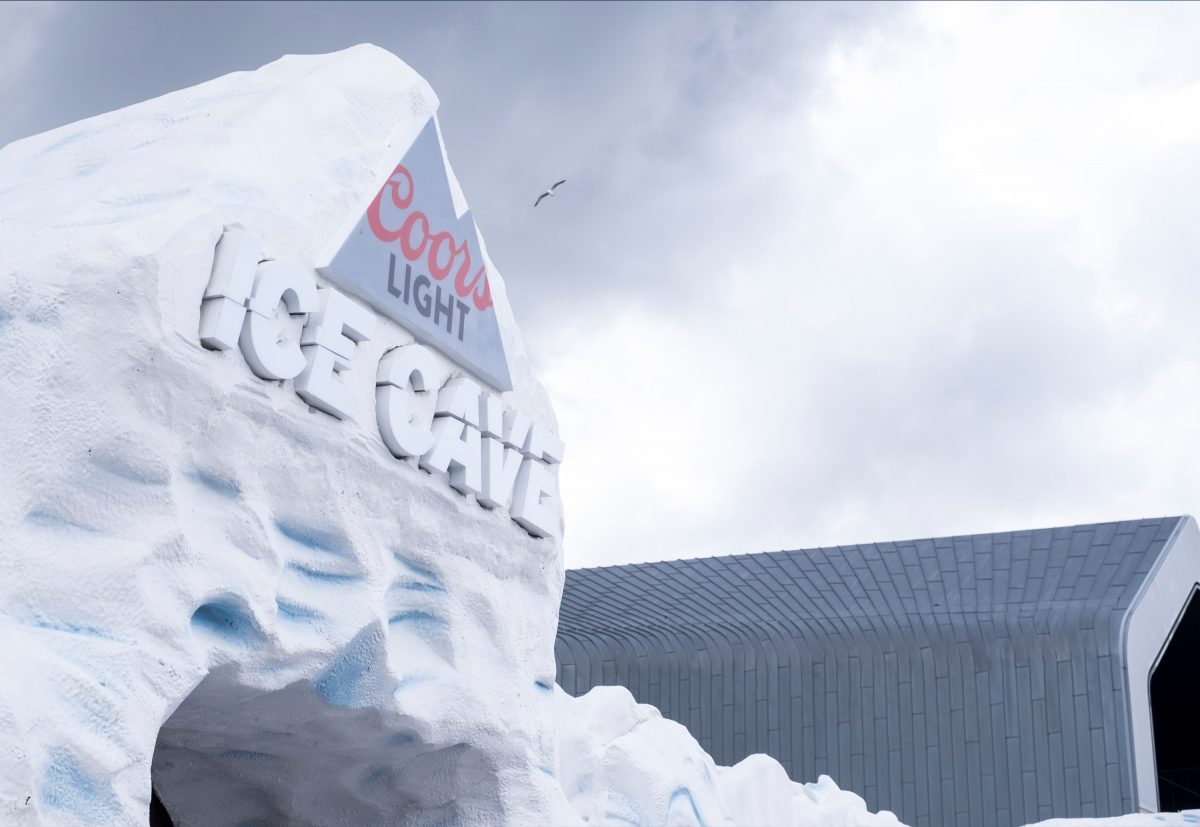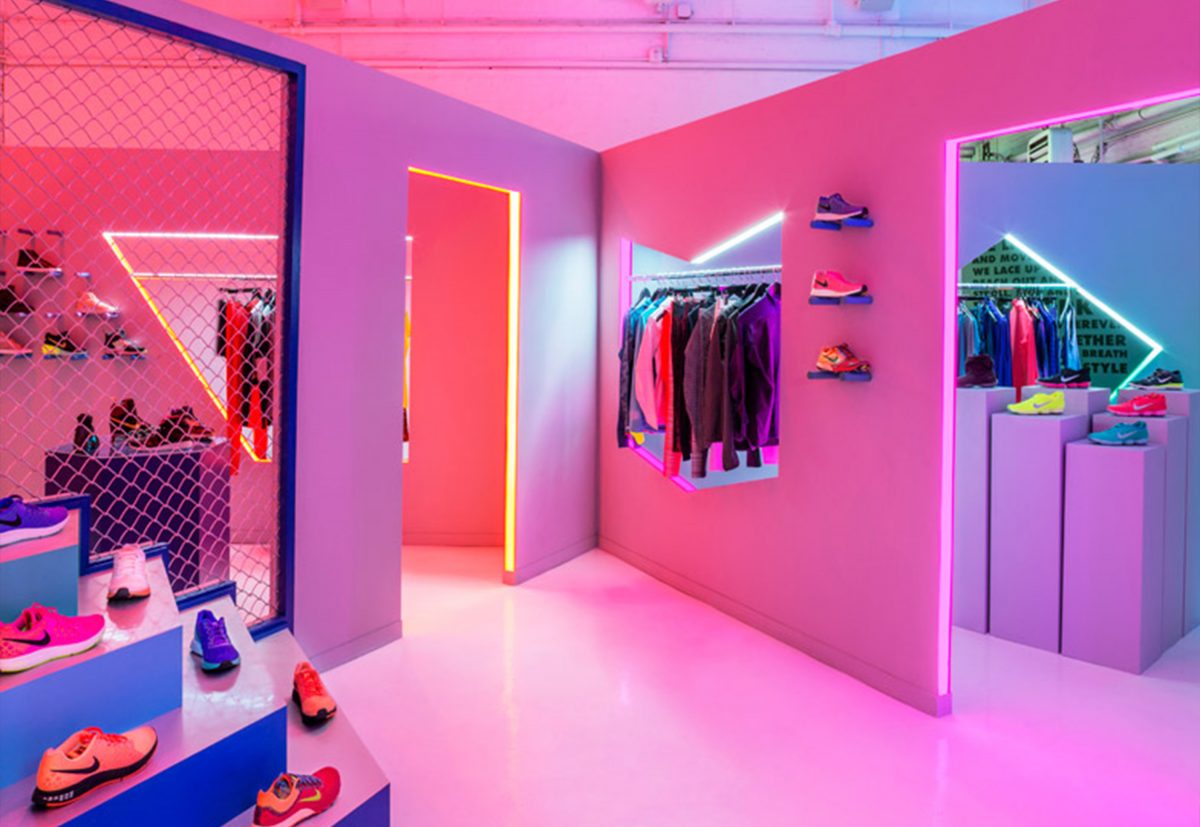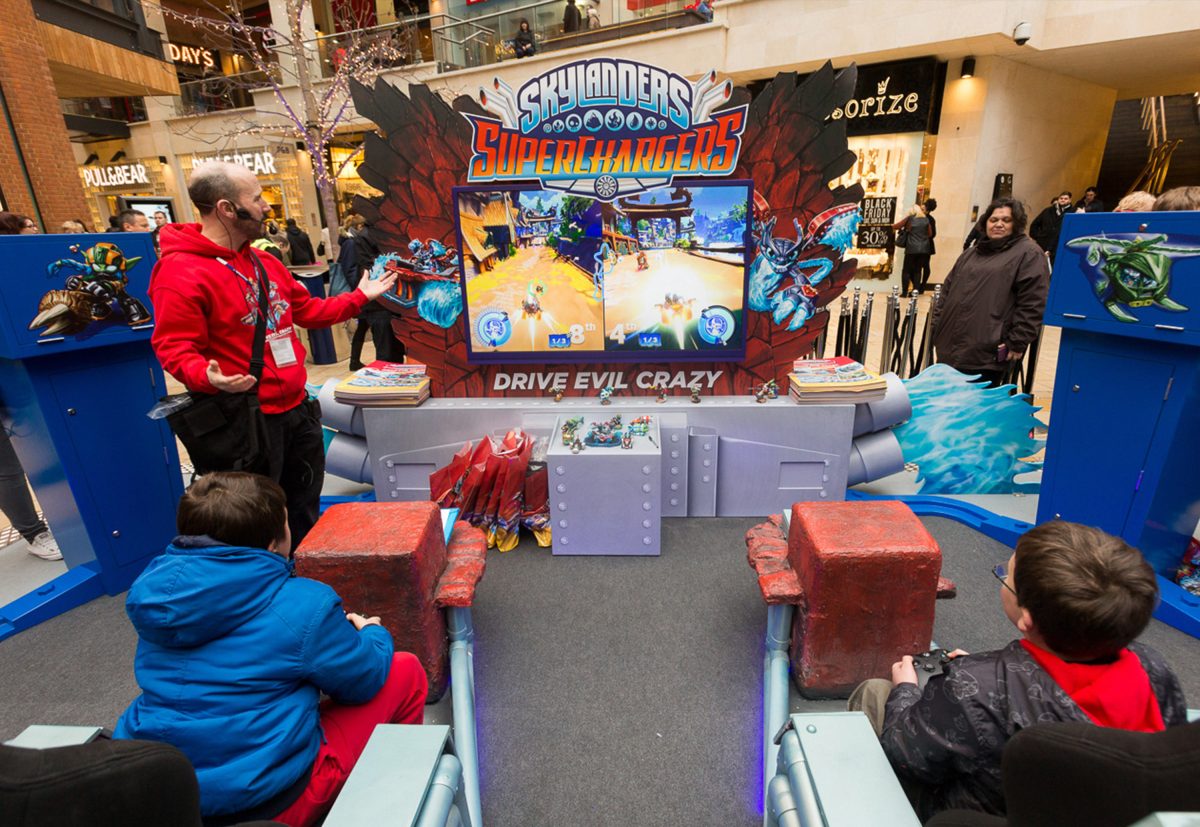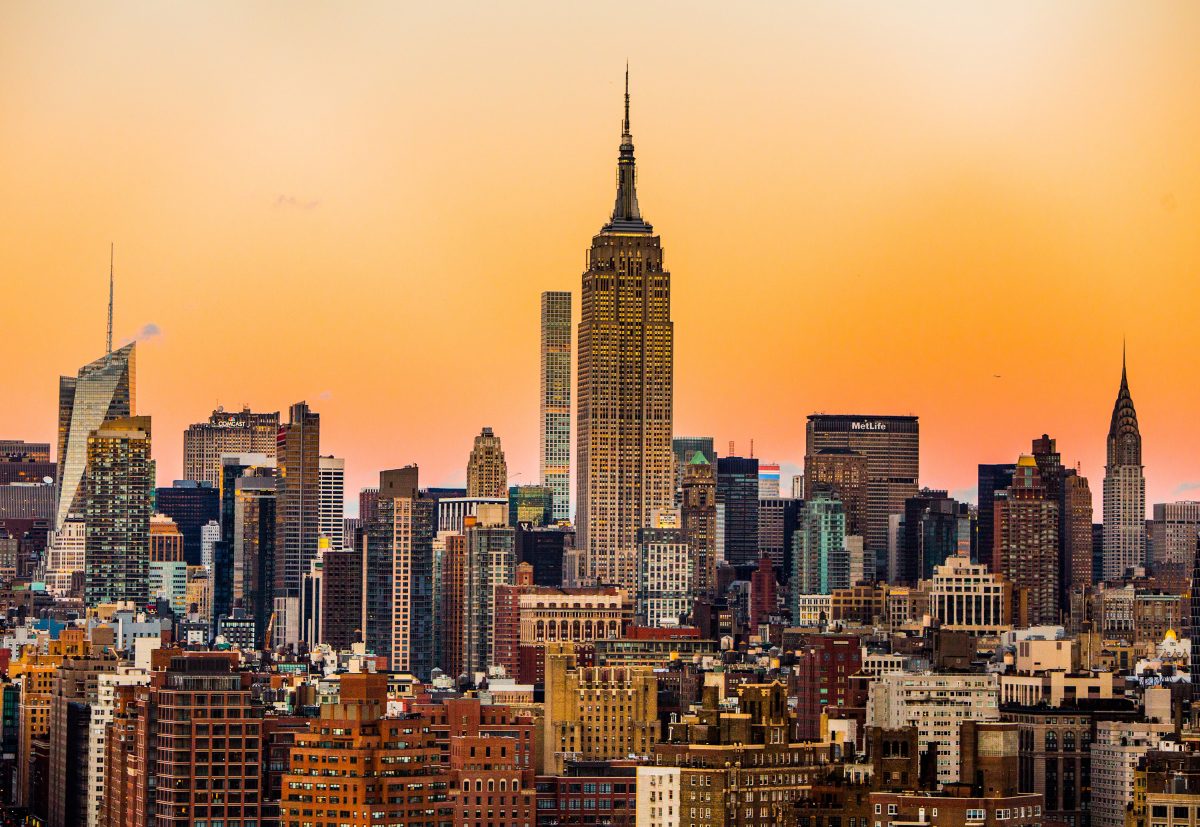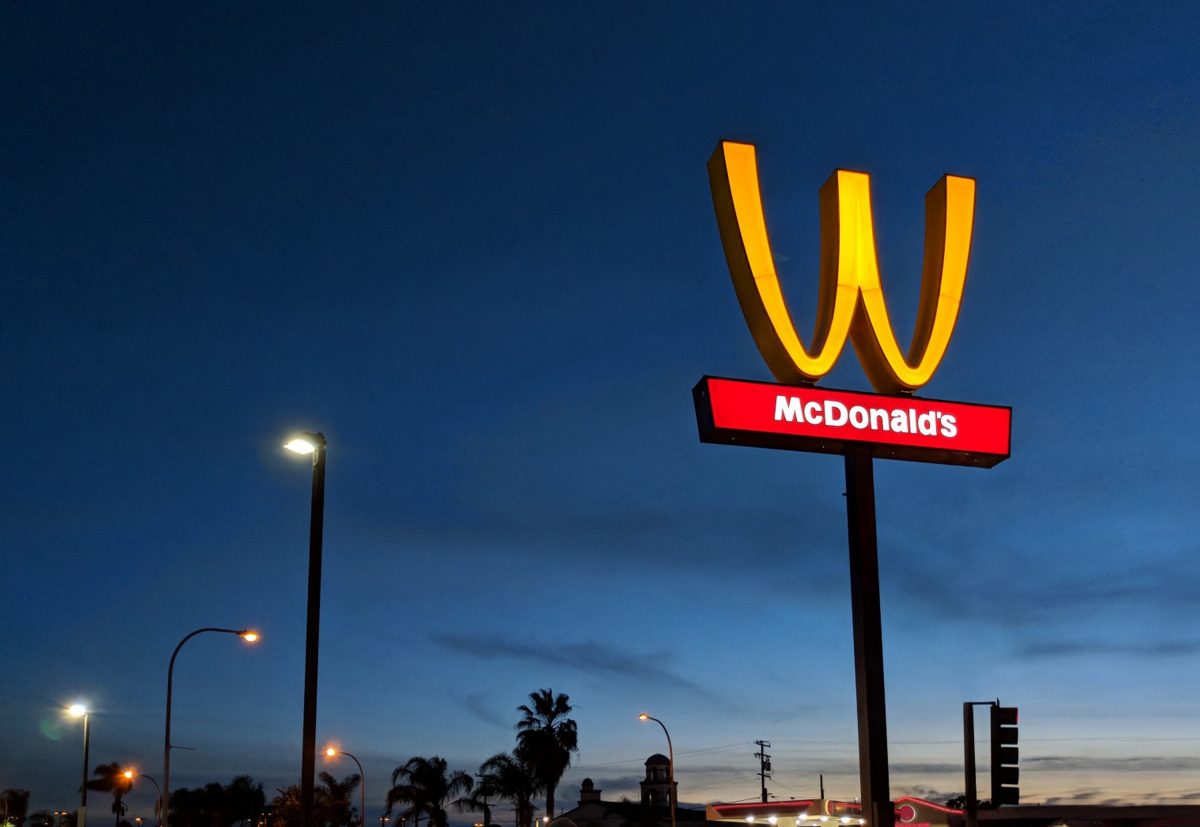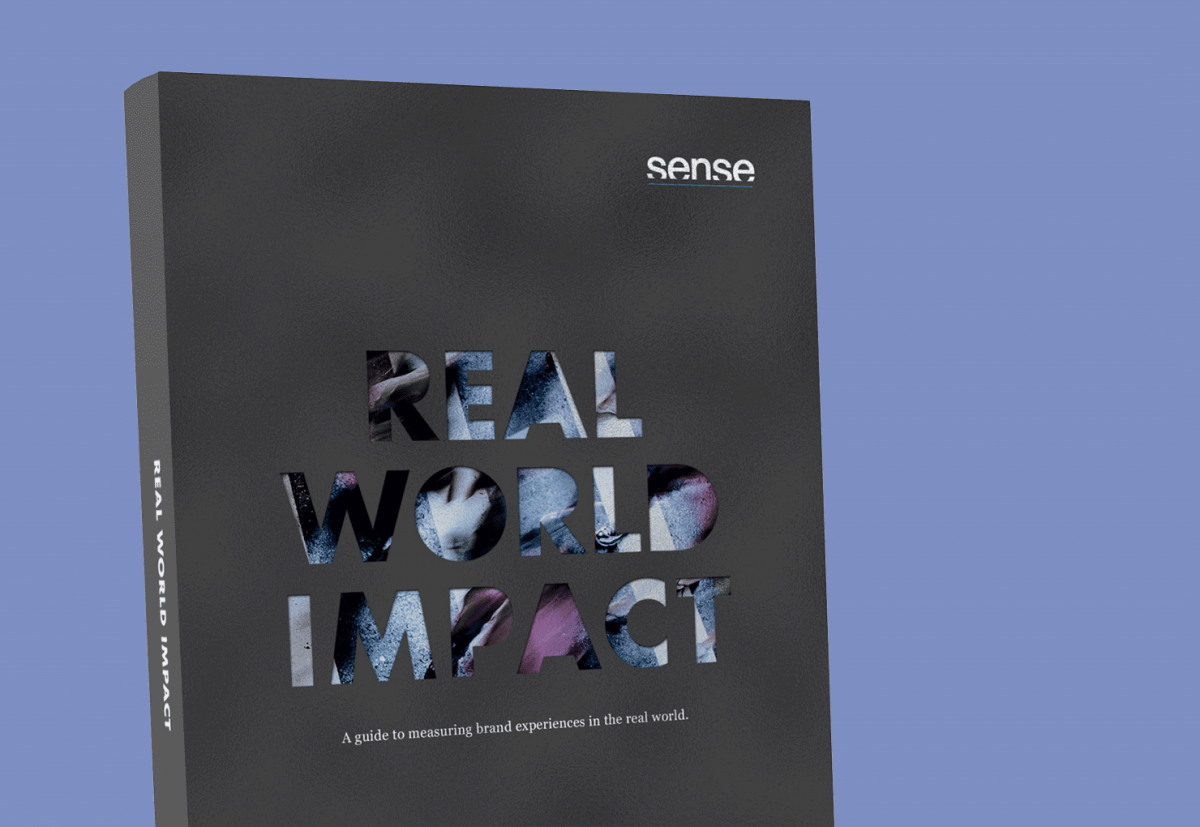Increasingly, alcohol brands are stepping out of the TV screen or advertising hoarding and off the supermarket shelves into the real world. They’re realizing the importance of directly engaging with people via experiential marketing strategies. Quite simply, the power of experience is helping alcohol brands stand out in a crowded marketplace by bringing them to life, letting people taste them for themselves and live their brand values. Executions range from themed pop-up bars, to live brand experiences, to permanent immersive distilleries, like the one gin brand Thomas Deakin is currently building in Manchester.
On both sides of the Atlantic there have been a variety of wonderfully creative experiences launched within the past few months alone. To prove it’s about more that just Guinness, Dublin’s Open Gate Brewery launched an Experimental Taproom in London, bringing a taste of the broad range of beers it now produces to the UK capital. Meanwhile, during the spring, Captain Morgan rum took Londoners on a nautical adventure to an underground paradise: the Lost Lagoon.
Across the pond, Bacardi-owned Grey Goose partnered with some of New York’s leading bartenders to open an immersive cocktail and shopping experience in JFK International Airport in the lead up to Christmas. The pop-up also featured a Grey Goose Ferris wheel, adorned with mini “chalets” containing Grey Goose Christmas cocktail recipes. Travellers pulled a lever to open the chalet door and could then photograph the recipe inside.
One of the most unusual took place in Oakland, with Bulleit whisky showing how next-generation technology can enable the future of cocktail experiences. 3D printing was used to create an entire bar apparatus where guests enjoyed drinks and bites that were also 3D-printed.
It’s certainly impressive that increasing numbers of alcohol brands are pushing the boundaries of creativity with the aim of delivering exciting, unique, and immersive experiences, but this alone does not determine to what extent their target audiences are engaged. And frequently they fall down in terms of execution. Here are seven factors to bear in mind to ensure your alcohol experience delivers on its promises:
Avoid queues
Manage the flow of people into the experience carefully to reduce queuing, which can be frustrating, and make sure people are kept engaged and entertained if they are waiting.
Clarity
Whether you’re just out to give people a good time ‘occasion’ or are taking them on a journey, make sure your audience clearly understands what the experience is about and what is expected from them. This will ensure maximum brand love.
Focus
Don’t try to pack too much into an experience or there’s a chance it will lose focus and confuse the audience. Concentrating on developing a small number of highly relevant and on-strategy activities very well supported with simple creative messaging will have more impact.
Guidance and support
Make sure you have strong signage and well-trained brand ambassadors on hand to communicate key messages, help get people involved and engaged, answer any questions, and offer key support and guidance to make sure everyone is happy and feels special.
Cost vs complimentary
Strike the right balance between what you’re offering free and what guests will have to pay for. Ideally, make as much as you can complimentary, and if you are going to charge, make sure you’re delivering great value so that your audience doesn’t feel ripped off or that they can get a better deal elsewhere.
Sharability
Make sure there are plenty of options for your guests to share their experiences via social channels for their benefit, and thus significantly increase the reach of the activation.
Capture feedback and measurement
Aim to capture the details of as many of your guests as possible and ask for feedback about the experience to inform future campaigns. Taking their details and asking permission to use their data on entry and requesting feedback on exit can work well if properly managed.

